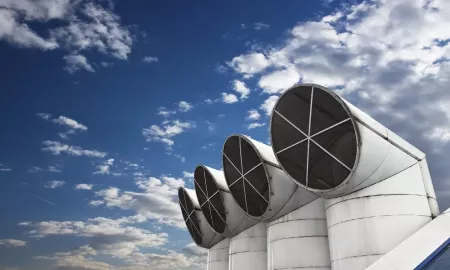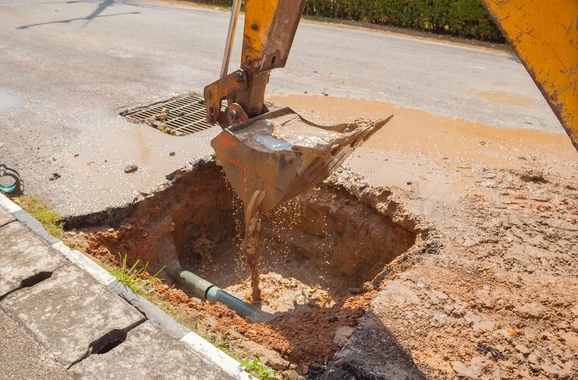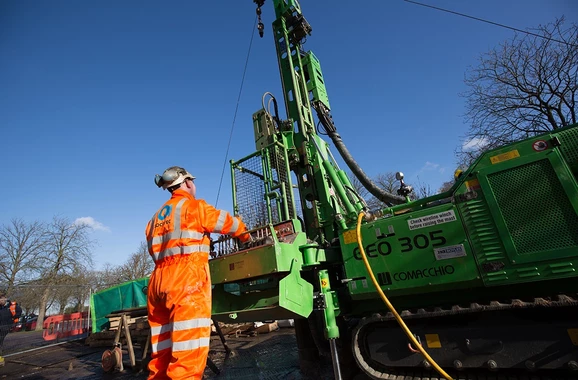Burying utility equipment, such as electricity cables, phone wires, gas and sewage pipes has been general practice in the UK for more than 100 years. Undergrounding these services keeps them out of sight and protects them from being exposed to damaging above-ground elements, such as severe weather or vandalism.

Burying utility equipment, such as electricity cables, phone wires, gas and sewage pipes has been general practice in the UK for more than 100 years. Undergrounding these services keeps them out of sight and protects them from being exposed to damaging above-ground elements, such as severe weather or vandalism.
However, as the pressure to build more homes in Britain mounts, the country is becoming increasingly urban. For developers looking to build on new or ex-industrial areas, understanding what lies beneath their sites is crucial. Unfortunately, identifying the exact location of below-ground utilities may be difficult as many were buried long before today’s advanced and digitally-aided administrative processes.
Hidden hazards
Inadvertently striking an electricity cable is one of the biggest health and safety risks for construction professionals and can result in serious injury or worse.
In addition to posing health risks to construction workers, disturbing pipelines containing hazardous materials, such as sewage or gas, can also lead to significant environmental damage and site contamination. This, in turn, will bring about significant costs associated with the resulting clean-up and inevitable delays to the project’s timeline.
With this in mind, the Health and Safety Executive released guidance on how to avoid danger from underground utilities in 2014. The document outlines the safest system of work for site developers and the requirement to obtain information about all potential underground services in the area while a project is in the planning stages.
Much of this information can be gathered from the organisations who own these utilities. If there is equipment found to be buried in the area, the guidance states that a comprehensive survey of the site must also be carried out by individuals with sufficient experience and technical knowledge.
Prevention is worth more than the cure
Many cable or pipeline strikes can be avoided by simply making use of underground utility detection services in areas where there is a likelihood of buried equipment. These surveys are carried out using cutting-edge methodologies and can be used to locate just about any underground utility, including metallic pipes, plastic pipes, drainage runs, electricity cables, or communication and fibre-optic cables.
The latest detection technology provides an accurate record of the depths and locations of buried manmade objects. Dual Frequency Ground Penetrating Radar (GPR), for example, is used to locate non-metallic substances. By detecting changes in different elements within the earth, GPR can identify the presence of underground plastic or concrete pipes. In addition, Radio Frequency Location (RFL) equipment measures the characteristics of received radio waves to find metal equipment, such as electricity cables or fuel pipes.
By conducting advanced utility surveys, developers can ensure best practice on their sites, minimise the risk of exposure to buried hazards and avoid project delays and costly rescheduling.
SOCOTEC offers industry accredited state-of-the-art utility surveys in a range of formats to suit individual client or project requirements. For more information, please contact salesuk@socotec.com

You might also like







Add new comment